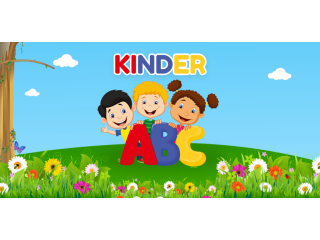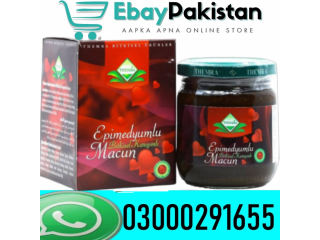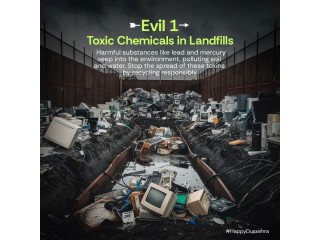Difference between feed pellet machine and wood pellet machine Private
3 years ago - Multimedia - Chennai - 190 viewsFeed pellet machine is also named as pellet feed mill, fodder pellet mill. It belongs to animal feed processing equipment, which can directly extrude corn, soybean meal, rice husk, straw and grass into small pellets.
1, Different Raw Materials
Feed pellets are mainly made from corn meal, grass meal, straw meal, cottonseed meal, soybean meal and rice husk etc. These materials are relatively soft and moist so they can be processed directly with a small amount of liquid. When the pellets mill working, there will be a heating process, after that, the feed pellets will be even more soft and smooth.
Biomass pellets are made from more various and harder materials. Logs, wood chips, waste wood, sawdust, sunflower stalk, cotton stalks, bamboo dust, coffee husk, wheat straw, palm husk and almost all the biomass waste you can think of can be processed in to pellets. Biomass pellets mills deal with raw materials contain more fiber, so the process is more complex than making feed pellet mills.
2, Different Shapes
Because of the reason we mentioned above, feed pellet mills and biomass pellet mills are different from the appearance. Generally speaking, feed pellet is smaller and thinner. The largest feed pellet mill is about 1 meters high and weighed several hundreds kilograms. While the smallest biomass pellets mill, for example, the wood pellet mill is more than 2 meters high and weighed around 5 to 6 tons. What’s more, biomass raw materials are hard to process, so you may need a complete biomass pellet line to help you from chipping and crushing the raw material till packing the pellets.
3. Different Input Costs
If it is a pellet production line with the same output, for example, the pellet production line that is also 1t / h, the feed pellet production line with feed pellet granulator has a lower investment cost than the wood pellet production line.
Richi machinery produces a variety of animal feed pellet machines and wood pellet machines. If you need a large amount of pellets, you need to set up a pellet production line. We can provide you with a complete solution from the early design to the later equipment installation and training.
High quality pellets can withstand repeated handling as can occur during bagging, transportation, storage, and moving in feed lines without excessive breakage or generation of fine particles. Here we describe what factors influence the quality.
Feed pelleting can be defined as conversion of finely ground mash feed into dense, free flowing pellets or capsules, in a process that involves steam injection (moisture and heat) and mechanical pressure. There are several advantages for feeding broilers pelleted rather than mash feed. The main advantage is the improved bird performance (improved feed intake, weight gain and feed conversion). Birds fed pelleted diets spend less time and need lower maintenance energy requirements during eating and digestion in comparison to those fed mash feed. The other benefits of feeding pelleted diets include increase feed density, decrease feed dustiness, wastage and selection, better mechanical handling of feed on the feed lines, and destruction of feed-borne pathogens. Therefore, the full genetic potentials of modern broiler strains cannot be achieved without pelleted feed. In order to achieve these multi-benefits, the pellet durability should be of a standard quality (not contain too much fines), otherwise, the bird’s performance will be adversely affected.
Pellet durability index
High quality pellets can be defined as pellets that can withstand repeated handling as can occur during bagging, transportation, storage, and moving on feed lines without excessive breakage or generation of fine particles. Pellet quality is usually expressed as the pellet durability index (PDI), and measured by using a tumbling can device, in which the pellet sample to be tested is first sieved to remove fines, then tumbled in the tumbling can device for a defined period of time. The tumbled sample is then sieved to remove fines, and the amount of intact pellets is determined. The PDI can be calculated as following: weight of intact pellet after tumbling / weight of intact pellet before tumbling x 100. Other devices can be used to determine the pellet durability such as Holmen pellet tester, lignotester, etc.
Factors affecting pellet quality
Several factors have an effect on the quality of the pellets. First of all the feed formulation (raw materials and additives used). Some feed ingredients have a good impact on pellet quality, while others could adversely affect the quality. Unfortunately, corn-soy diets are not the ideal diets to achieve the desired pellet quality. Dietary inclusion of wheat grain or wheat by products (wheat midds, wheat gluten) can increase pellet durability, because of the high protein (gluten) and hemi-cellulose content of wheat in comparison to corn or corn co-products. Similarly inclusion of oat as a partial substitute of corn can increase pellet quality.



















